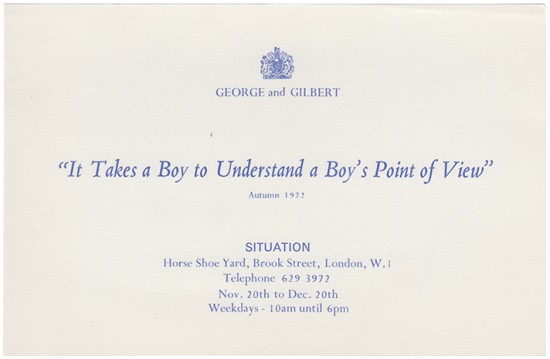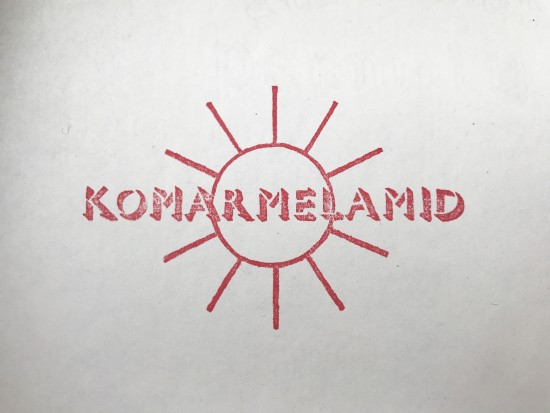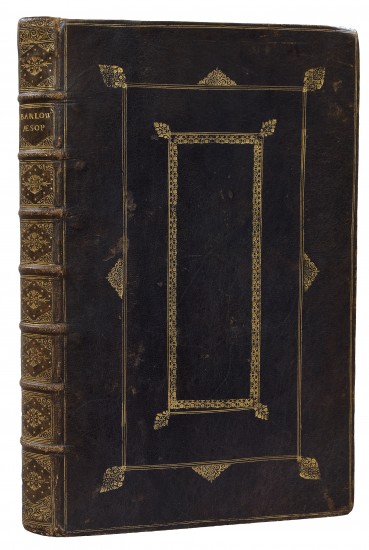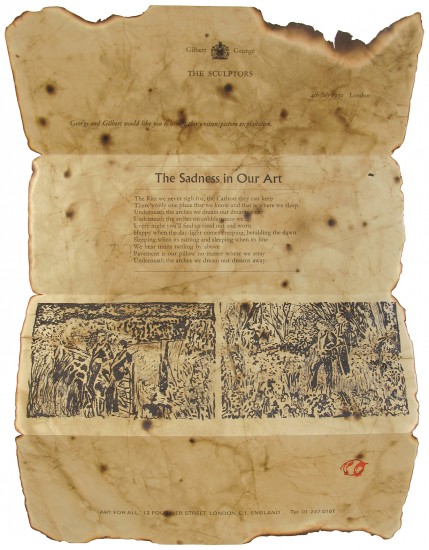Nuova Geografia di Ant. Federico Büsching ... Tradotta in Lingua Toscana dall'Ab. Gaudioso Jagemann. Tomo Primo - Tomo Trentesimoquarto ed Ultimo
Busching, Anton Friedrich
Venice. Presso Antonio Zatta. 1773–1782
Sold
An exceptional unsophisticated copy of Büsching's extensive work of geography, entirely uncut and broché in original wrappers.
The 'Neue Erdbeschreibung' of Anton Friedrich Büsching (1724 - 1793), the German theologian, educator, geographer and author of a large number of works on geography, was undertaken due to the large number of faults and lacunae the author perceived in geographical works to that date. It is no overstatement to say that it is considered both the forerunner and model to and magnum opus of modern scientific geography.
This Venetian edition, published in the Lingua Toscana by Antonio Zatta in a translation by Gaudioso Jagemann appears to be the second Italian edition after the Florentine edition published by Stecchi and Pagani between 1769 and 1773. The copy presented here represents a remarkable survival in terms of its near immaculate preservation. The work is, in essence, as published, with only some very occasional very minor foxing and some occasional minor rubbing to the wrappers. A copy of this edition in the National Library of New Zealand appears to feature the same publisher's binding as the present.
Büsching was ground-breaking in his encyclopaedic approach, particularly his insistence on the importance of statistical data, and his great ambition: to describe the earth (for Büsching's definition of geography see below). The largest part of the highly detailed and extensive work is devoted to Europe, beginning with Portugal in the west and moving eastward. Germany and central Europe are delineated at length and in the greatest detail before Büsching moves into Asia via Turkey and Russia. Further volumes are devoted to Arabia, Africa, Asia, including sections on China and Japan, and the Americas; Australia is necessarily absent.
Büsching divides countries into regions and principalities, principal hierarchies and ruling structures are examined, cities named and economies analysed. Contemporary and earlier sources are consulted (Büsching cites Adam Smith in the section on Great Britain) and bibliographies, glossaries of foreign language words with translations are included and other useful information, such as chronologies of ruling houses, provided. Indices are given throughout and the final volume is a general index for the whole work. The plates too are informative. Although the engravings - largely and likely wholly attributable to G. Ziulani - depict largely representative costume of the various countries described, several provide additional incidental detail, such as the large bull-fight in the Spanish volume or the view of Windsor Castle from the Thames in that for Great Britain.
'Geography can be defined as a thorough report on the natural and political characteristics of the known earth. This definition consists of two principal parts. The first of these is the description of the earth, that is, of the natural and political characteristics of its known parts … The second characteristic of geography is that it provides reliable information on all things.' (Büsching, from his 'Neue Erbeschreibung' translation by George Kish).
'As the eighteenth century progressed, moreover, geography books increasingly included quantitative data in the form of statistical digests about the nations of the world. This was pioneered in geography by the German Anton Büsching in the 1750s and suggested the ways in which the mathematical cosmology of Newtonian science could be incorporated into the otherwise ancient delimitation of the art of geographical description … '. (The Wiley-Blackwell Companion to Human Geography).
The 'Neue Erdbeschreibung' of Anton Friedrich Büsching (1724 - 1793), the German theologian, educator, geographer and author of a large number of works on geography, was undertaken due to the large number of faults and lacunae the author perceived in geographical works to that date. It is no overstatement to say that it is considered both the forerunner and model to and magnum opus of modern scientific geography.
This Venetian edition, published in the Lingua Toscana by Antonio Zatta in a translation by Gaudioso Jagemann appears to be the second Italian edition after the Florentine edition published by Stecchi and Pagani between 1769 and 1773. The copy presented here represents a remarkable survival in terms of its near immaculate preservation. The work is, in essence, as published, with only some very occasional very minor foxing and some occasional minor rubbing to the wrappers. A copy of this edition in the National Library of New Zealand appears to feature the same publisher's binding as the present.
Büsching was ground-breaking in his encyclopaedic approach, particularly his insistence on the importance of statistical data, and his great ambition: to describe the earth (for Büsching's definition of geography see below). The largest part of the highly detailed and extensive work is devoted to Europe, beginning with Portugal in the west and moving eastward. Germany and central Europe are delineated at length and in the greatest detail before Büsching moves into Asia via Turkey and Russia. Further volumes are devoted to Arabia, Africa, Asia, including sections on China and Japan, and the Americas; Australia is necessarily absent.
Büsching divides countries into regions and principalities, principal hierarchies and ruling structures are examined, cities named and economies analysed. Contemporary and earlier sources are consulted (Büsching cites Adam Smith in the section on Great Britain) and bibliographies, glossaries of foreign language words with translations are included and other useful information, such as chronologies of ruling houses, provided. Indices are given throughout and the final volume is a general index for the whole work. The plates too are informative. Although the engravings - largely and likely wholly attributable to G. Ziulani - depict largely representative costume of the various countries described, several provide additional incidental detail, such as the large bull-fight in the Spanish volume or the view of Windsor Castle from the Thames in that for Great Britain.
'Geography can be defined as a thorough report on the natural and political characteristics of the known earth. This definition consists of two principal parts. The first of these is the description of the earth, that is, of the natural and political characteristics of its known parts … The second characteristic of geography is that it provides reliable information on all things.' (Büsching, from his 'Neue Erbeschreibung' translation by George Kish).
'As the eighteenth century progressed, moreover, geography books increasingly included quantitative data in the form of statistical digests about the nations of the world. This was pioneered in geography by the German Anton Büsching in the 1750s and suggested the ways in which the mathematical cosmology of Newtonian science could be incorporated into the otherwise ancient delimitation of the art of geographical description … '. (The Wiley-Blackwell Companion to Human Geography).
34 vols. in 35. 8vo. (254 x 176 mm). Vol. I with printed title in red and black with publisher's engraved vignette and engraved frontispiece, printed titles in black with publisher's engraved vignettes thereafter, additional frontispiece in vol. XI (portrait of Pius VI Braschius) and 40 folding engraved plates (usually 2 per volume, several volumes with 3, 1, or none, the majority signed by Giuliani Zuliani), 3 large folding tables of comparative measures, engraved head-pieces in vol. I, decorative woodcut tail-pieces throughout. Mispaginations in vol. XXXI, publisher's catalogue inserted at end of several vols. Entirely uncut throughout, occasional leaves unopened. Broché in contemporary pink paper printed wrappers with Yapp edges, printed paper title labels and paper location labels with manuscript numbering (985 - 1019) to spines, entirely uncut.
#43422











